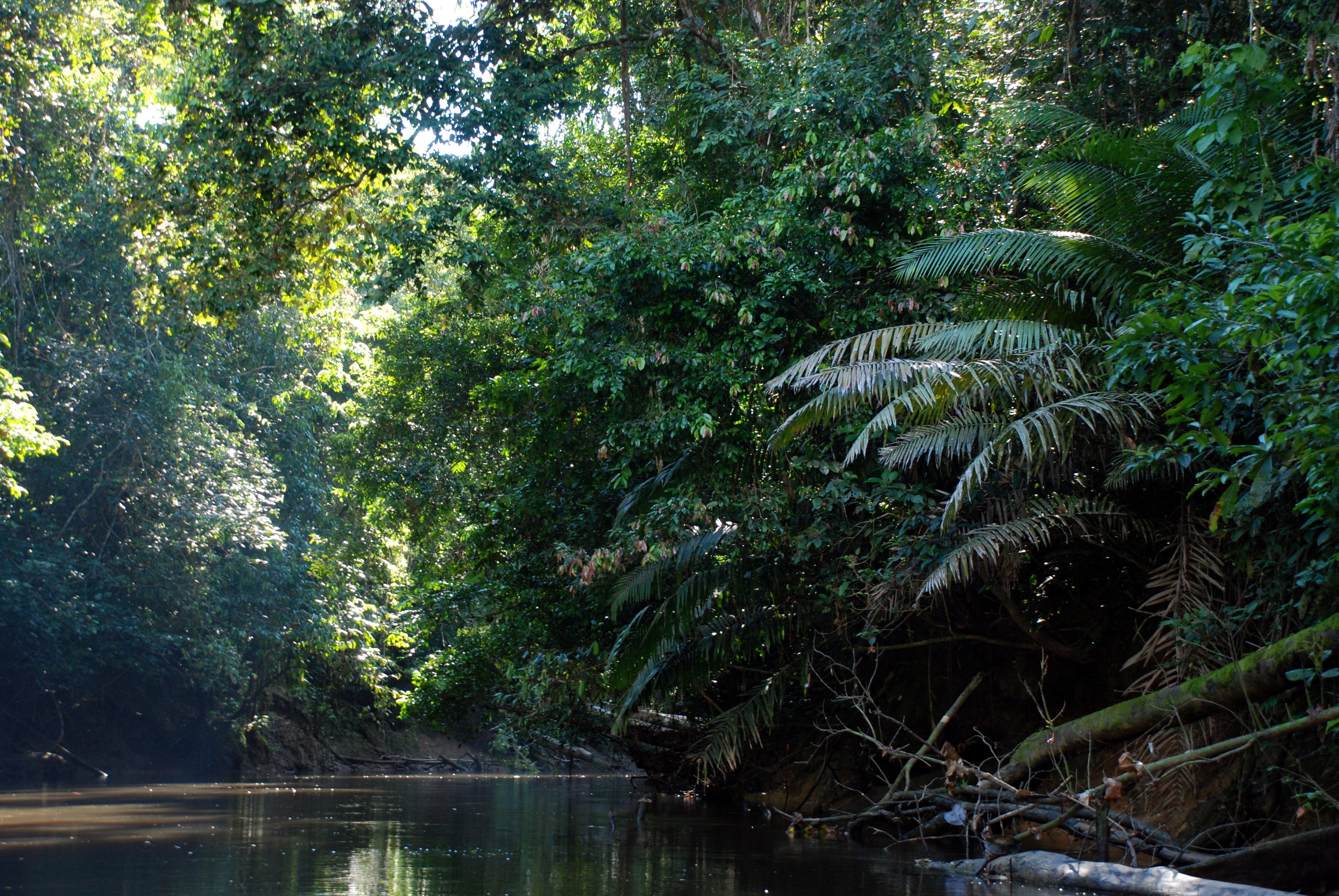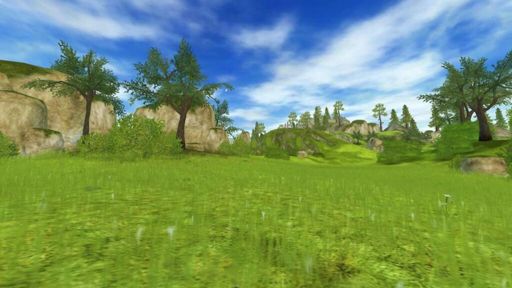

If current trends continue, Brazil will convert about 57 million acres to soybean production in the next 15 years, with about one-fourth of the expansion occurring in environmentally fragile lands such as rainforest and savannah. However, sharply increased commodity prices and political pressure to quickly recover from combined impacts of the COVID-19 pandemic and war in Ukraine have placed the Amazonian rainforest under heightened threat. Since 2000, moratoria and incentives have been used to slow deforestation in Brazil. "Without an emphasis on intensifying crop production within the existing agricultural area, coupled with strong institutions and policies that prevent deforestation in frontier agricultural areas, it would be difficult to protect the last bastions of forests and biodiversity on the planet while being sensitive to the economic aspirations of countries to develop." Credit: Alencar Zanon/University Federal of Santa Maria This aerial photo shows where environmentally fragile savannah has been converted to farm land in the Cerrado region of Brazil. "In the current context of high grain prices and food supply disruptions, we believe there is a critical need for major crop-producing countries to reassess their potential to produce more on existing cropland," the authors wrote in an article published Oct. The scientists' recommendations have broad applicability to other developing countries facing a similar challenge. During 2015-19, the Amazon basin accounted for a third of the land converted for Brazilian soybean expansion.Ī newly released four-year study by the University of Nebraska-Lincoln and its research partners in Brazil identifies a path forward that would allow Brazil to strengthen its agricultural sector while safeguarding the rainforest. Since the 1990s, agricultural encroachment has eroded major areas of the country's rainforest.

Increasing agricultural production is a national priority for Brazil, the world's largest soybean exporter. The Amazon contains large tracts of rainforests that, when converted to agriculture, release a huge amount of carbon dioxide into the atmosphere, exacerbating climate change. The country is home to the world's largest area of rainforest-some 1.2 million square miles, an area more than 16 times the size of Nebraska. But the large-scale removal of trees weakens the world's ability to prevent further climate deterioration and biodiversity loss.īrazil presents a key example. As they expand their agricultural production, they often convert forest into cropland and pasture. DOI: 10.1038/s41898-8ĭeveloping countries around the globe face a challenge that pits economic growth against environmental protection. Across panels, regions are represented with different colors: blue (Amazon), orange (Cerrado), green (Atlantic Forest) and red (Pampa). The inset shows the soybean area distribution. The size of the pie chart in each region is proportional to the share of national soybean production. c, Contribution of cropland expansion and yield improvement to soybean production increase in each region.

Values indicate the annual rate of yield improvement in each region and for Brazil. Shown in b is the annual rate of yield improvement for each region during 2007–2019, with shadow bands representing the 95% confidence intervals estimated for the fitted linear regression models. The pie charts shown in a indicate the percentage of soybean expansion occurring in each biome, while the total increase in soybean area in each period is shown next to the pie charts. a, b, Trends in soybean area and average yield. Trends in soybean area and yield in main producing areas in Brazil.


 0 kommentar(er)
0 kommentar(er)
